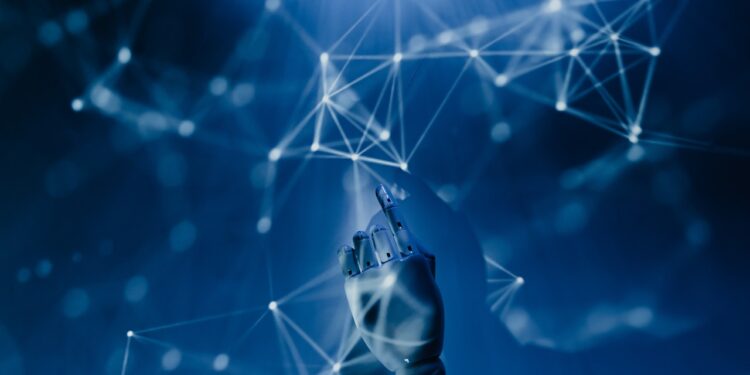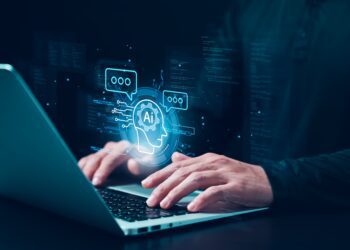The increasing adoption of automation, artificial intelligence (AI), and other technologies suggests that the role of humans in the economy will shrink drastically, wiping out millions of jobs in the process. COVID-19 accelerated this effect in 2020 and will likely boost digitization, and perhaps establish it permanently, in some areas.
However, the real picture is more nuanced: though these technologies will eliminate some jobs, they will create many others. Governments, companies, and individuals all need to understand these shifts when they plan for the future.
BCG recently collaborated with Faethm, a firm specializing in AI and analytics, to study the potential impact of various technologies on jobs in three countries: the US, Germany, and Australia. Using the underlying demographics in each country, we developed detailed scenarios that model the effects of new technologies and consider the impact of the pandemic on GDP growth. (See Appendix A.)
One key finding is that the net number of jobs lost or gained is an artificially simple metric to gauge the impact of digitization. For example, eliminating 10 million jobs and creating 10 million new jobs would appear to have negligible impact. In fact, however, doing so would represent a huge economic disruption for the country—not to mention for the millions of people with their jobs at stake. Therefore, policymakers and countries that want to understand the implications of automation need to drill down and look at disaggregated effects. Understanding the future of jobs is a tall order, but the groundbreaking analysis we conducted helps governments, companies, and individuals take the critical first step to prepare for what is to come.
Three Components of Workforce Imbalances
In general, computers perform well in tasks that humans find difficult or time-consuming to do, but they tend to work less effectively in tasks that humans find easy to do. Although new technologies will eliminate some occupations, in many areas they will improve the quality of work that humans do by allowing them to focus on more strategic, value-creating, and personally rewarding tasks.
To understand the potential impact of new technologies on future workforces, we looked at three components of imbalances in the US, Germany, and Australia:
- Workforce Supply and Demand. We analyzed all elements that affect a nation’s full-time equivalent (FTE) workforce, including the number of college graduates and the rates of retirement, mortality, and migration. And we used standardized job taxonomies on a very granular level for both supply and demand. The taxonomies were based on 22 common job family groups, and close to 100 job families, found in countries all around the world. The three countries we studied for our analysis, however, showed slight variations in the numbers of job families—93 for the US, 86 for Germany, and 82 for Australia—because of differences in their national taxonomies.
- Technology. To model the impact of technology, we used analytics provided by a Faethm platform to develop three sets of circumstances with different tech adoption rates. The technologies under consideration included programmed intelligence (predefined technologies, such as process automation and robotics), narrow AI (reactive technologies, such as tools that use machine learning to recognize and organize data), broad AI (proactive technologies that can sense external stimuli and make decisions), and reinforced AI (self-improving technologies, such as fully autonomous robots or those that can solve unstructured, complex problems). We considered the medium adoption rate to be the standard, but we also evaluated adoption rates that were 25% faster and 25% slower than the standard in our analysis.
- GDP Growth. Given the continuing and dynamic evolution of the pandemic, we used two major COVID-19 projections to simulate future GDP growth: one is a baseline, while the other is more severe and has a longer recovery time. We leveraged data from Oxford Economics for both projections from 2018 up to 2025 and then used the baseline projections to extrapolate growth to 2030.
By Rainer Strack, Miguel Carrasco, Philipp Kolo, Nicholas Nouri, Michael Priddis, and Richard George
Read the full article at https://www.bcg.com/en-mx/publications/2021/impact-of-new-technologies-on-jobs.












